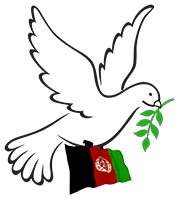
Trade between Pakistan and Afghanistan has dropped 53 percent amid prolonged border closures, with exporters suffering heavy losses, Pakistani officials and media reports say.
Trade between Pakistan and Afghanistan has dropped by 53 percent, largely due to prolonged border closures, Pakistan’s The Nation newspaper reported, citing official sources.
According to the data, bilateral trade fell to $594 million in the first half of the 2025–2026 fiscal year, down from $1.26 billion in the same period of 2024–2025.
An official source told the newspaper that the main reason for the sharp decline is the continued closure of key border crossings between the two neighbours.
Pakistan reportedly closed eight border points with Afghanistan following clashes between Pakistani forces and Taliban fighters on October 11, 2025. As a result, Pakistani exporters are losing an estimated $177 million per month due to restricted cross-border trade.
Pakistan and Afghanistan share several major trade routes that are vital for the movement of food, fuel and consumer goods, particularly for landlocked Afghanistan.
Border closures in the past have repeatedly disrupted supply chains, causing economic losses for traders on both sides and increasing prices in local markets.
Pakistan’s foreign ministry has said border crossings will remain closed until written and credible assurances are provided to prevent militant attacks and action is taken against the Pakistani Taliban, or TTP.
The prolonged shutdown has raised concerns among business groups and analysts, who warn that continued disruptions could further strain economic ties and deepen regional instability.
 Afghanistan Peace Campaign
Afghanistan Peace Campaign





